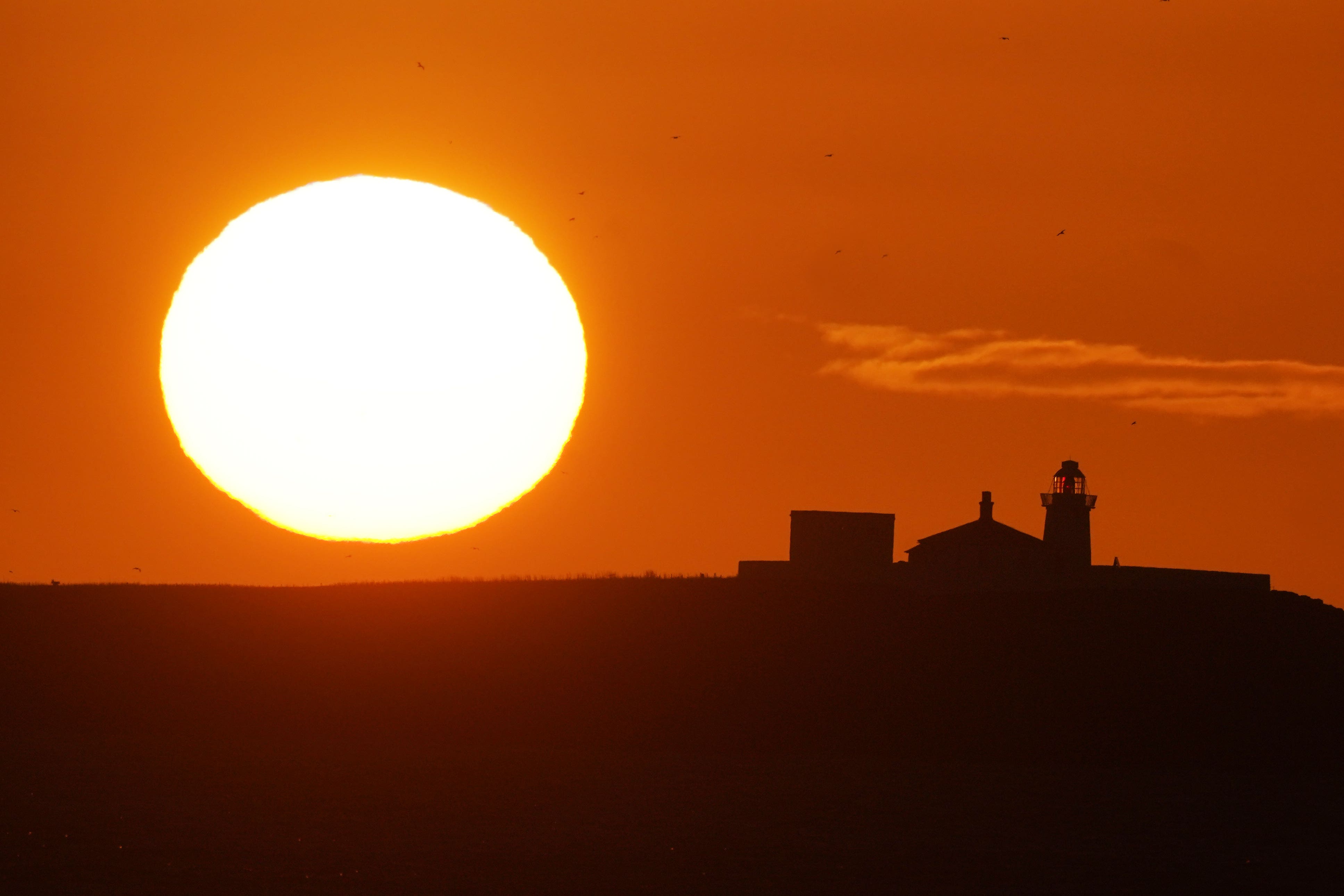UK and Europe join forces on ground-breaking European Solar Telescope project
The telescope aims to provide insights into solar flares and coronal mass ejections.

Your support helps us to tell the story
From reproductive rights to climate change to Big Tech, The Independent is on the ground when the story is developing. Whether it's investigating the financials of Elon Musk's pro-Trump PAC or producing our latest documentary, 'The A Word', which shines a light on the American women fighting for reproductive rights, we know how important it is to parse out the facts from the messaging.
At such a critical moment in US history, we need reporters on the ground. Your donation allows us to keep sending journalists to speak to both sides of the story.
The Independent is trusted by Americans across the entire political spectrum. And unlike many other quality news outlets, we choose not to lock Americans out of our reporting and analysis with paywalls. We believe quality journalism should be available to everyone, paid for by those who can afford it.
Your support makes all the difference.The UK and Europe are joining forces to build the largest ever solar telescope in Europe.
Construction of the telescope, designed to provide unparalleled insight into the phenomena of space weather, will be supported by the University of Sheffield.
Launched in 2008, the European Solar Telescope (EST) project aims to provide insights into the what is behind solar flares and coronal mass ejections – explosive outbursts of plasma from the sun.
These events determine space weather, which can lead to geomagnetic storms on earth – seen as the northern lights – and have a strong influence on our technological society.
By being able to study the physical processes happening in the solar chronosphere in such detail for the first time, we will gain new insight into how the heating mechanisms occur that underpin the plasma heating processes
Amongst other things, space weather has the potential to affect power grids and satellites orbiting Earth such as GPS.
Leading the United Kingdom Universities Consortium (UKUC), the University of Sheffield has signed an agreement that sees six UK universities, including: Aberystwyth, Queens University Belfast, Durham, Exeter and Glasgow; along with six European countries, commit to the construction of the telescope at El Roque de los Muchachos Observatory, at La Palma in Spain.
Professor Robert von Fay-Siebenburgen, from the University of Sheffield’s School of Mathematics and Statistics, will be a principal investigator for the UKUC project.
He said: “The EST will be the biggest, ground-based, solar telescope constructed in Europe and will keep its European partners at the forefront of solar physics research, so it’s fantastic that so many UK partners have been able to come together to join the EST Canary Foundation today.
“This kind of unrivalled research infrastructure will provide European astronomers and plasma-astrophysicists with an extraordinary tool for observing the sun and its space weather, one that will pave the way for scientific advancements in some of the world’s biggest and most important challenges, such as the development of green fusion energy.
“By being able to study the physical processes happening in the solar chronosphere in such detail for the first time, we will gain new insight into how the heating mechanisms occur that underpin the plasma heating processes.
“Learning from how nature does it, will help us explore how to replicate the process for the benefit of humankind.”
The EST aims to improve understanding of the sun by observing its magnetic field.
The University of Sheffield will be developing designs for the project to process the vast amounts of data produced by the telescope.
It is estimated to produce a petabyte of data per day, roughly equivalent to the amount of data used to store more than 220,000 DVD films.
Sheffield will be responsible for how the project can handle and analyse some of this data.
The establishment of the EST Foundation marks a milestone in advancing the project towards the construction phase.
Professor Lyndsay Fletcher, of the University of Glasgow’s School of Physics and Astronomy, was part of the team responsible for defining the telescope requirements.
She said: “Our research into solar flares and prominences stands to benefit enormously, since the innovative design of the telescope means that it is optimised for measuring the sun’s magnetic field, which governs these energetic phenomena.
“Novel instrumentation, recording the sun’s structure and dynamics with four times the spatial detail of any existing solar telescope in Europe will lead to a step-change in understanding of energetic events on our nearest star.”